1. Geographical location Quang Ngai province is located in the South Central Coast, with geographical coordinates 14 degrees 32 minutes - 15 degrees 25 minutes North latitude, 108 degrees 06 minutes - 109 degrees 04 minutes East longitude.
To the north, it borders Quang Nam province on the border of Binh Son, Tra Bong and Tay Tra districts; to the south, it borders Binh Dinh province on the border of Duc Pho and Ba To districts; to the west and northwest, it borders Quang Nam province and Kon Tum province on the border of Tay Tra, Tra Bong, Son Tay and Ba To districts; to the southwest, it borders Gia Lai province on the border of Ba To district; to the east, it borders the East Sea, with a coastline of nearly 130km with 5 main estuaries: Sa Can, Sa Ky, Cua Dai, My A and Sa Huynh.
2. Natural conditions Quang Ngai province has a natural area of 5,131.5 km2, equal to 1.7% of the country's natural area. Quang Ngai is a province located in the key economic region of the Central region. Quang Ngai terrain is a province in the Central Central Coast with the general characteristic of mountains encroaching on the sea, the terrain is transitional from coastal plain terrain in the east to high mountainous terrain in the west. The mountainous area accounts for about 3/4 of the natural area of the whole province, the narrow plain accounts for 1/4 of the natural area. Quang Ngai's terrain structure includes metamorphic rock formations, intrusive magma rocks, eruptions and sedimentary formations from the Precambrian to Quaternary age. Like other Central provinces, Quang Ngai's terrain is generally isometric and is divided into 4 distinct regions: mountainous forest area, midland area, plain area and coastal sand area. Quang Ngai's climate is located in the tropical monsoon region, so there are two main wind seasons (winter monsoon and summer monsoon). Due to the terrain, the wind direction does not reflect the correct circulation mechanism. However, the wind direction still changes clearly with the seasons. Located in the tropical belt of the Northern Hemisphere, Quang Ngai has a high temperature and little fluctuation during the year. In the cold season, the average temperature is stable below 20oC, in the hot season, the average temperature is stable above 25oC. 3. Population In Quang Ngai, there used to be ancient residents: Sa Huynh residents, Champa residents, followed by the Vietnamese (Kinh) residents, who occupied the dominant position. The Kinh people were present in Quang Ngai mainly from the 15th century onwards, most of them were farmers from the Northern Delta, Thanh - Nghe region who migrated to reclaim land and establish villages. During the Nguyen Lords, there were a number of Chinese people from Guangdong, Fujian, Chaozhou, Hainan (China) who came to live in Thu Xa, the seaports of Sa Can, Sa Huynh and some places in the midlands. The Chinese played a relatively important role in the economic development of Quang Ngai at that time through prosperous trading activities in Thu Xa. But through the wars, the Chinese people partly dispersed to other places, partly integrated into the Vietnamese community, and there were no longer any specific village communities. During the French colonial period, until the end of 1975, there were a number of French, American, Indian, and Cha Va (Java) people who came to live in Quang Ngai, but they mainly moved temporarily, or did not form separate communities. Therefore, in the plains of Quang Ngai province, besides the most significant ethnic group, there were no other communities. In the mountainous areas, there was more ethnic stability. The mountainous areas of Quang Ngai were inhabited by the Hre, Cor, and Ca Dong ethnic groups (local groups of the Xe Dang ethnic group); They are long-standing indigenous residents, living in each area and having a certain interweaving, exchanging and trading with each other and with the Vietnamese people from the lowlands who came to trade and reclaim land. Since 1975, a few ethnic minorities from the northern mountainous region have entered, but only individually and integrated into the local communities. Therefore, when talking about the population and ethnic groups in the mountainous region of Quang Ngai, we mainly refer to the Hre, Cor, Ca Dong and Kinh ethnic groups. By 2005, the Kinh ethnic group accounted for 88.8%, the Hre 8.58%, the Cor 1.8%, the Ca Dong 0.7%; the number of people belonging to 13 other ethnic minorities only accounted for 0.12% of the population. Therefore, if we count ethnic groups, Quang Ngai has up to 17 ethnic groups, but in fact, only 4 ethnic groups have a significant number of residents. In general, the Quang Ngai community has developed along with the course of history, united, joined hands and hearts in the fight against feudalism and imperialism, and built a rich and beautiful homeland.
Provincial Information Portal



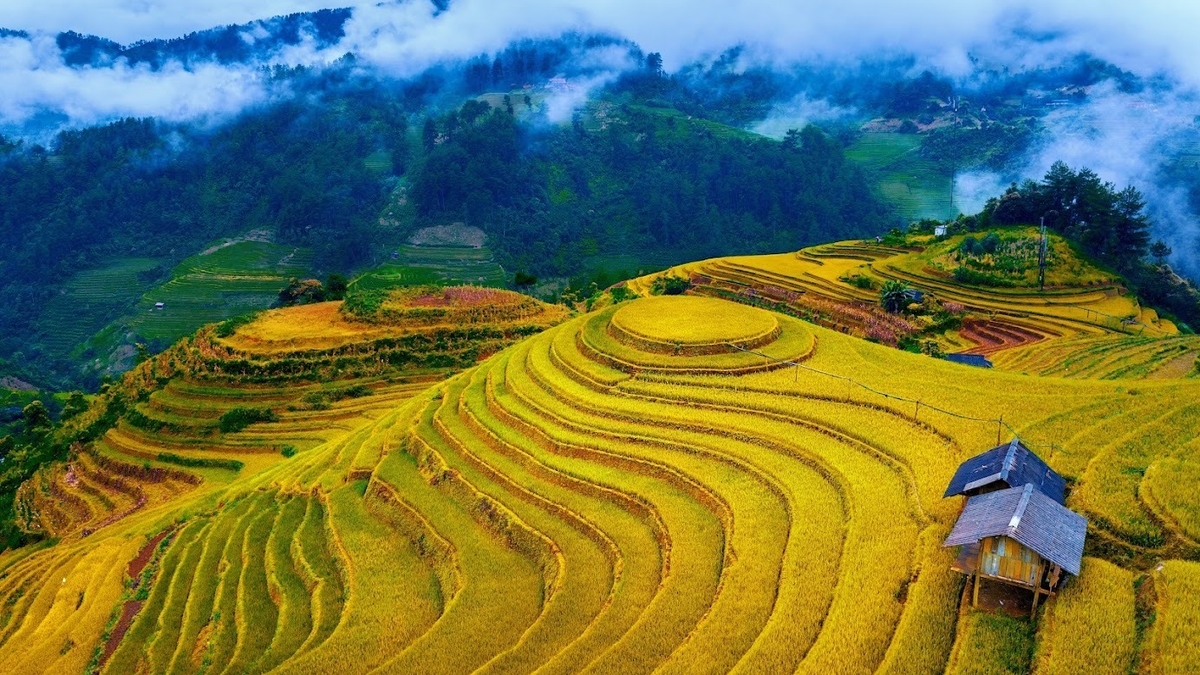
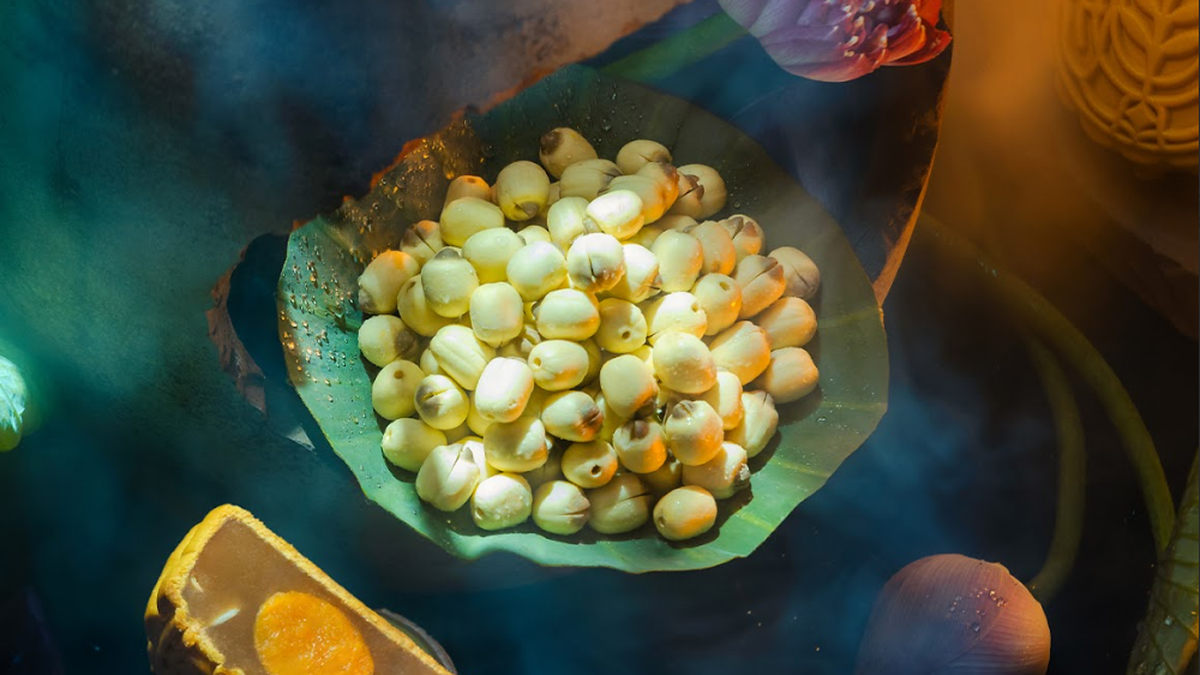

![[Photo] General Secretary To Lam attends the 1st Congress of the Central Party Committee of the Fatherland Front and Central Mass Organizations](https://vphoto.vietnam.vn/thumb/1200x675/vietnam/resource/IMAGE/2025/9/23/2aa63d072cab4105a113d4fc0c68a839)




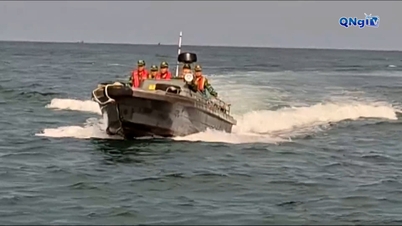




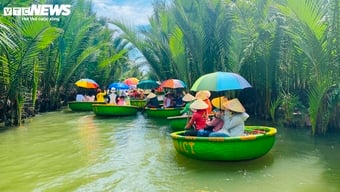



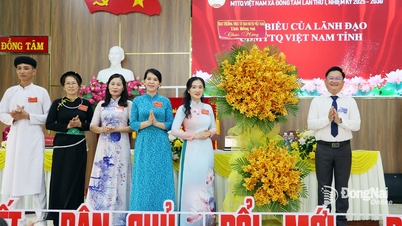
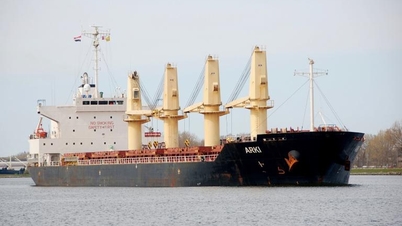


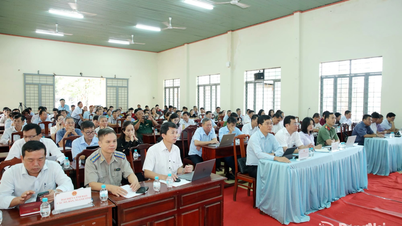




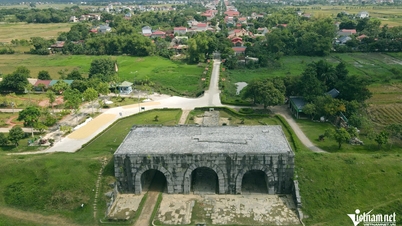





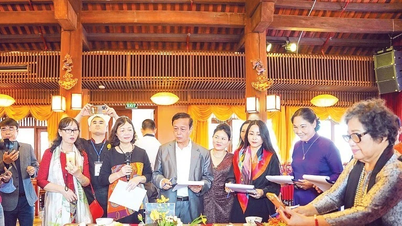









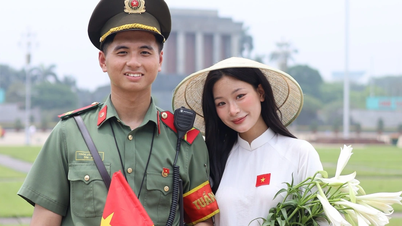







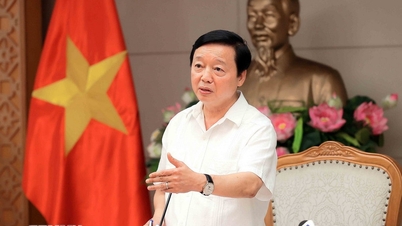
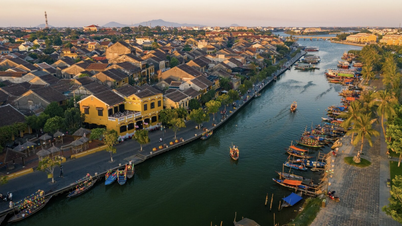












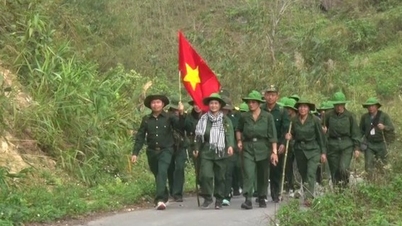

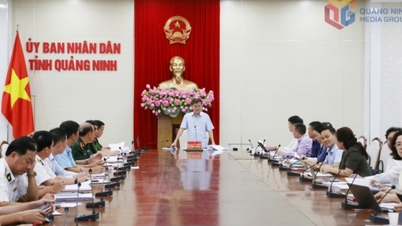



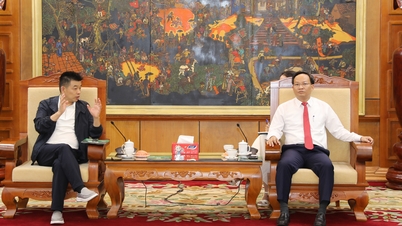



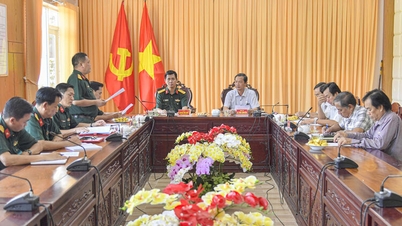


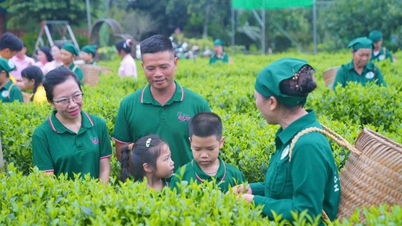


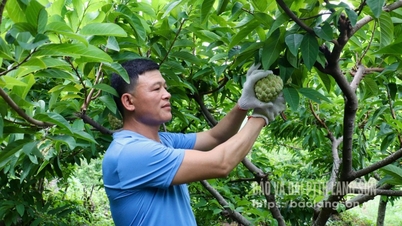

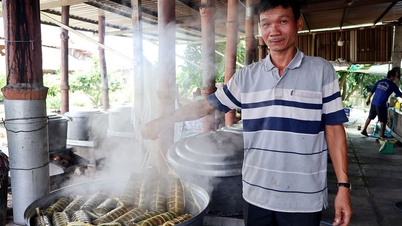



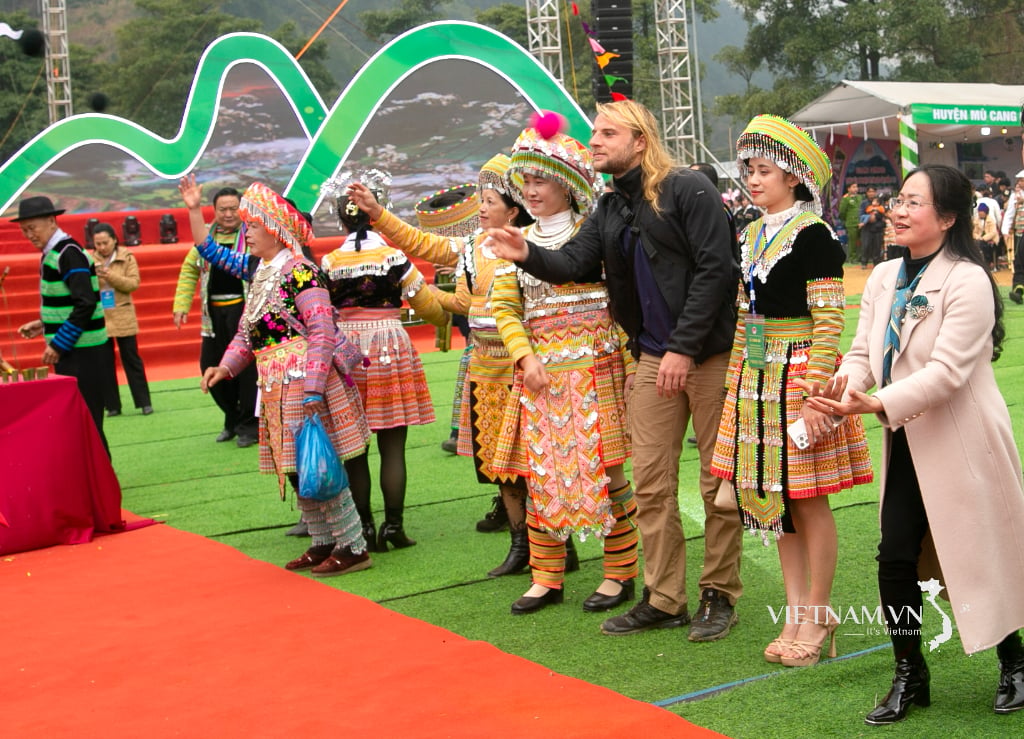
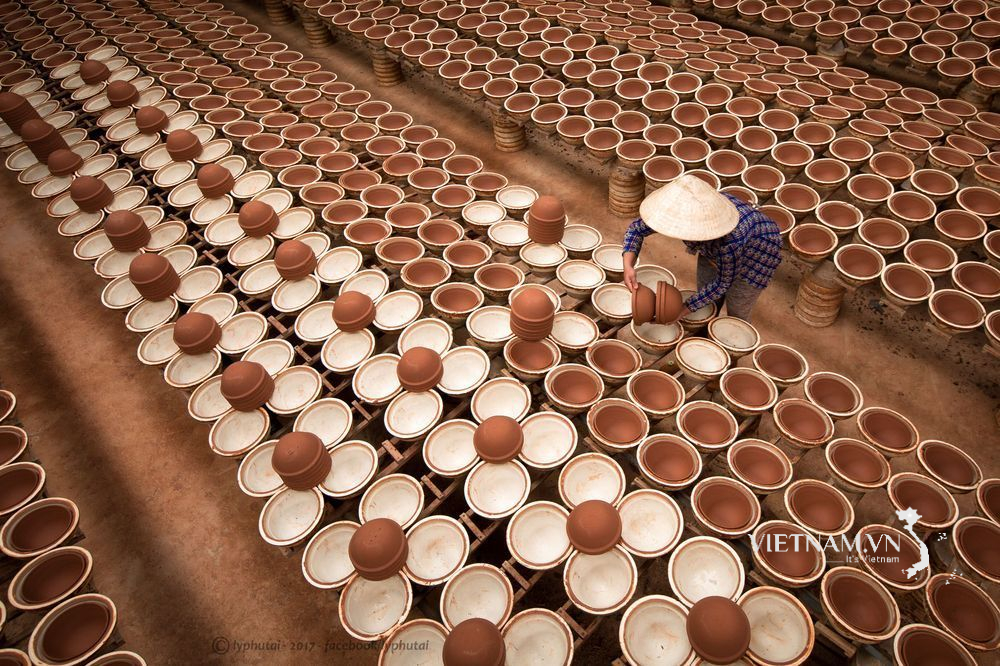

Comment (0)